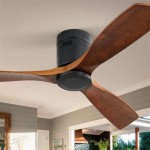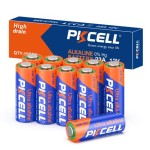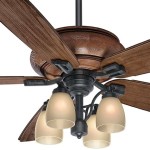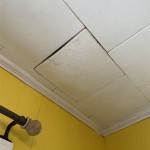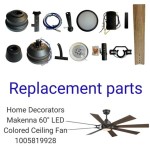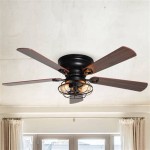Mold Spray for Bathroom Ceiling: A Guide to Effective Treatment
Mold growth in the bathroom ceiling is a common problem, often stemming from moisture accumulation due to steam from showers and baths. This can pose health risks and detract from the bathroom's aesthetic appeal. While various cleaning solutions exist, mold spray specifically designed for bathroom ceilings offers a targeted and effective approach to eliminate this issue.
Mold spray typically contains a blend of cleaning agents, biocides, and sometimes deodorizers, all working synergistically to remove visible mold, prevent its regrowth, and neutralize any unpleasant odors. Applying a mold spray to your bathroom ceiling is generally safe and practical, offering a convenient way to tackle this problem without resorting to more complex and time-consuming methods.
Understanding Mold Spray Composition
Mold spray products are formulated with a combination of ingredients that address different aspects of mold removal and prevention. Typically, these ingredients include:
- Biocides: These chemicals are designed to kill mold spores and prevent their regrowth. Common biocides found in mold sprays include bleach, borax, and quaternary ammonium compounds.
- Surfactants: These agents help to break down the mold's structure, making it easier to remove. Surfactants also help to improve the spray's adhesion to the surface, ensuring proper contact with the mold.
- Deodorizers: While not a primary component of all mold sprays, some products contain deodorizers to neutralize any unpleasant odor associated with the mold growth.
The specific combination and concentration of these ingredients can vary depending on the brand and product formulation. It's essential to read the product label carefully to understand the intended use, safety precautions, and proper application instructions.
Key Points to Consider When Using Mold Spray
While mold spray offers a convenient solution, several factors must be considered for effective and safe application.
1. Safety Precautions
Mold spray products are typically safe for use when applied as directed. However, it is essential to take precautions to protect yourself and others from potential hazards. Always wear protective gear such as gloves, a mask, and eye protection when applying mold spray. Ensure good ventilation in the bathroom and keep children and pets away during application and drying. Follow the instructions on the product label regarding ventilation time and drying time to ensure safety and effectiveness.
2. Identifying the Root Cause of Mold Growth
Treating visible mold is crucial, but addressing the root cause is vital to prevent its recurrence. Ensure proper ventilation in the bathroom by using exhaust fans during and after showers. If the problem persists, consider addressing potential water leaks or plumbing issues that might be contributing to the moisture build-up.
3. Pre-Treatment Preparation
Before applying mold spray, remove any loose mold or debris from the bathroom ceiling. Use a damp cloth or brush to dislodge the mold, taking care not to spread it further. Be careful when handling mold, as inhaling spores can be harmful. This pre-treatment step helps ensure the mold spray can effectively penetrate the surface and reach the affected areas.
4. Application Techniques
Mold spray is generally applied using a pump sprayer or a trigger spray bottle. Follow the instructions on the product label for dilution and application rates. Ensure that the spray covers the entire affected area, applying a generous amount to thoroughly saturate the mold. Allow the spray to dry completely according to the product's instructions, typically requiring several hours. Avoid touching the treated area until it is completely dry to prevent smear marks and ensure the biocides have time to work effectively.
5. Post-Treatment Maintenance
After application and drying, visually inspect the treated area for any remaining mold. If necessary, repeat the process until the mold is completely eliminated. Regularly check for signs of mold regrowth and promptly address any new patches. Implementing good bathroom ventilation practices and addressing any underlying moisture issues will significantly reduce the risk of mold reoccurring.

How To Permanently Remove Mold From Bathroom Ceiling With Vinegar

How To Get Rid Of Mold In Bathroom Ceiling Step By Guide Aloraircrawlspace

Bathroom Ceiling Mold Removal When To Clean Call Branch Environmental

6 Steps To Get Rid Of Mold On The Bathroom Ceiling Redfish Inspections

Detecting And Preventing Mold Growth On Your Bathroom Ceiling Trusscore

Professional Tips For Bathroom Ceiling Mold Removal

Mold On Bathroom Ceiling How To Remove From Ceilings

How To Remove Mould From Ceilings Simply Spotless Cleaning

Tips For Removing Mold From The Ceiling Better Maid

Summer Savings 60ml Foam Mold Removal Powerful Cleaning Supplies Multi Purpose Anti Spray For Bathroom Ceiling Walls Tiles
See Also

